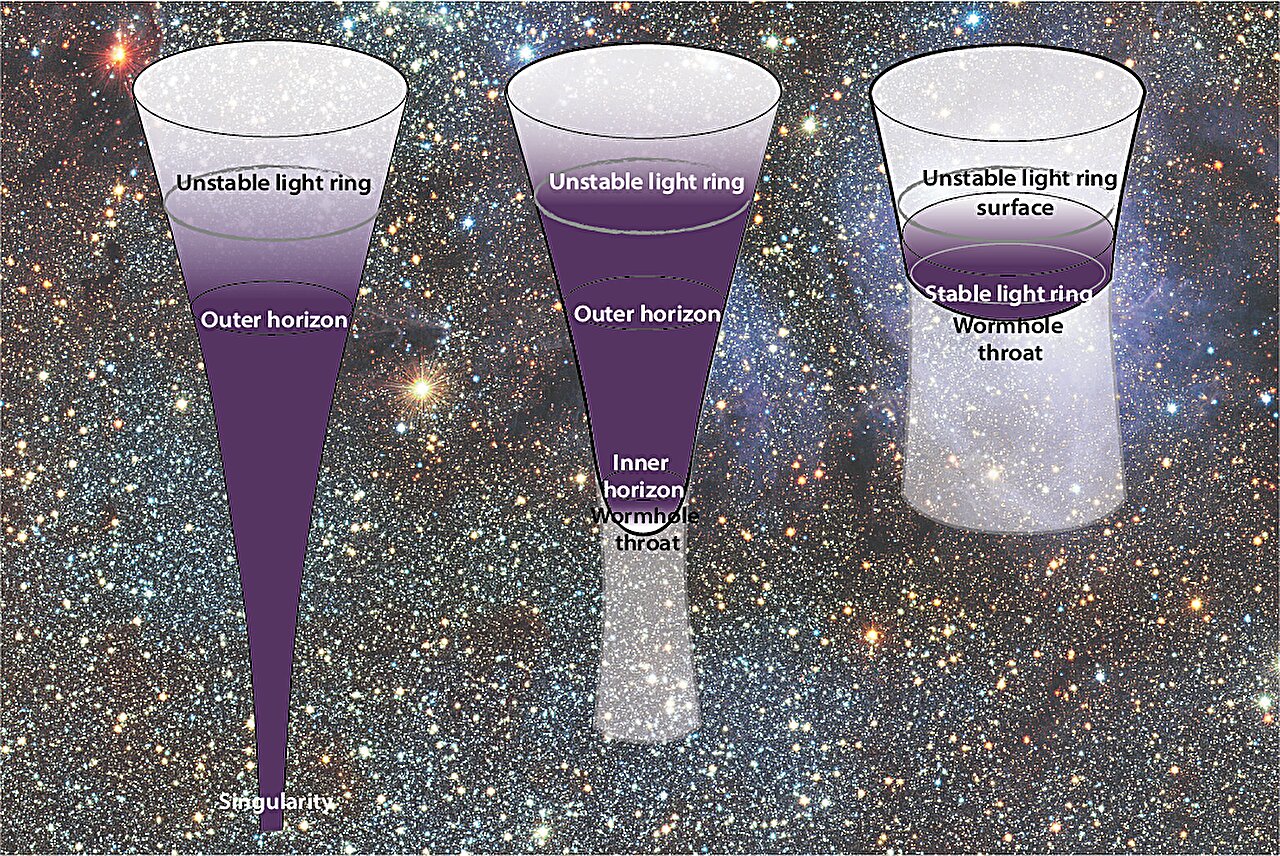Goodbye singularity? New black hole models could solve Einstein puzzle
Black holes are often described as the ultimate no-exit zones of the universe, where gravity becomes so strong that not even light can escape. However, what's even more intriguing than the black holes themselves is what lies at their center.
According to Einstein's theory of general relativity, if enough mass collapses under its own gravity, it forms a black hole with a central point known as the singularity . A singularity is a region where matter is thought to be compressed into an infinitely small space, resulting in infinite density and gravitational pull.
At this point, space and time, as we understand them, cease to function normally. This is where things get interesting. Singularity involves infinities, but infinities don't make sense in physics. They signal that the equations of general relativity are no longer valid in extreme conditions.
This mismatch has haunted physicists for decades, leading scientists to explore alternative models that describe black holes without singularities. A new study from researchers at the Institute for Fundamental Physics of the Universe (IFPU) reveals two such promising models that, if proven, may help scientists get rid of black hole singularities for good.
Three kinds of black holes

The IFPU team discusses one old and two new black hole models. The first is the standard black hole that comes with an event horizon and a singularity. The other two are regular black holes and a black hole mimicker that works well without a singularity.
When it comes to the regular model, they are modified versions of standard black holes that keep most of the same structure but replace the central singularity with a finite-density core.
This core might behave like a patch of "de Sitter" space, where gravity is repulsive rather than attractive, preventing total collapse. The result is a black hole that still traps matter and light for long periods but remains mathematically valid. This leads to a spacetime geometry that remains regular throughout, hence the term regular black holes.
Black hole mimickers , on the other hand, are hypothetical compact objects that lack an event horizon and singularity. They resemble black holes in many ways, but don't trap anything permanently. Their interiors remain connected to the outside universe, allowing light or even signals to eventually escape.
"A black hole mimicker does not have a trapped region, but can be compact enough so that its interior mimics the properties of a trapped region. Black hole mimickers generically have outer and inner light rings," the study authors note .
The researchers also suggest that regular black holes and mimickers could transform into each other over time, depending on the physical conditions. This view is a major shift from the fixed picture of classical black holes .
These two models successfully eliminate the need for a black hole singularity and remain consistent with the known laws of physics. However, like the singularity itself, these models are still hypotheses and need to be validated through further research.
The study is published in the Journal of Cosmology and Astroparticle Physics .

Post a Comment for "Goodbye singularity? New black hole models could solve Einstein puzzle"